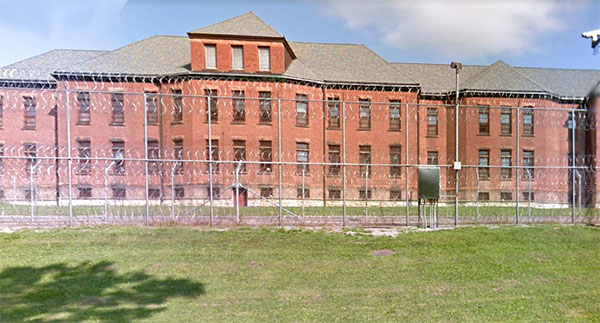
Fishkill (photo: ©2021 Google Maps)
After being in maximum security prisons for approximately 30 years, one day I found myself in a van headed toward a medium security prison called Fishkill Correctional Facility.
Looking back then, I remember seeing “Greenhaven,'' the maximum-security prison I was leaving behind and its imposing thirty-foot high fortress walls with guards patrolling the towers. Greenhaven has one of the largest populations of convicted people serving various kinds of sentences. More than half of the approximately 1,500 people there are serving life sentences.
In the upstate rural communities, “Lifers,” as they are called, are seen as golden calves for the local economies.
It’s part of why one out of every three people in New York state prisons has a life sentence, giving the state the third largest percentage of lifers across the country. Lifers tend to maintain a lock-step comradery as part of the larger prison landscape. Many carry the unpleasant reality, bred of common awareness, that the others “doing time” will inevitably be released and that their ability to reach that same moment may never be forthcoming.
This contextualization may help you understand the intrinsic familial bond that most Lifers seem to share. It may also help to explain why tears suddenly began to flow, and an overwhelming sense of sadness overcame me, after I turned around and saw Greenhaven’s 30-foot wall. It unexpectedly dawned on me that I was leaving behind family, individuals with whom I had shared harsh and at times precious memories over the course of many years.
This may also help to explain why then-Governor Andrew Cuomo's act of granting clemency to Paul Clark and five other Lifers whom I left behind at Greenhaven affected me so dearly. I took a long exhale as I learned the news. Paul's release, for one, made me recall the fateful day I looked back at the Greenhaven walls. That grim reminder made me aware that there were many more “Pauls” that I had left behind, who have worked to help others and have experienced an inner transformation that is worthy of a chance to be reunited with their family.
In his final week in office, with no political capital to lose, Governor Cuomo finally decided to grant executive clemency to six individuals convicted of violent crimes. These individuals had been incarcerated between 30 to 50 years, and were just languishing in harsh prison conditions. Well established data concluded that these men belonged to a vast pool of individuals who have the lowest recidivism rate. The travesty of this gift, however, was that there was not a single woman, countless of whom have undergone the very same transformations, included amongst those granted clemency.
Executive clemencies were never intended to be the only path to freedom for people who have changed or the sole mechanism in place that recognizes a bad act is not determinative of the trajectory of a human life. Nor is it apt to address the plight that concerns one group in particular that has significantly increased as the older overall prison population has declined: an elderly prison population with life sentences. There are two pieces of legislation before New York state lawmakers that would bring a lot more justice, hope, and humany to New York.
The first being the Elder Parole (S.15A/A.3475A) bill. This Act would vest the Parole Board with the authority to recall elderly people 55 or older who have served 15 or more years in prison for a parole interview, on a case-by-case basis. The second bill, the Fair and Timely Act (S.1415A/A.4231A), would focus the Parole Board’s attention on who a person is today, and not solely the worst thing they ever did.
After half a century of cultural punishment that produced excessive sentences, deficiencies in medical parole and executive clemencies, and the shrinkage in Parole Board releases, it’s time for New York lawmakers to pass these two bills immediately.
***
Anthony Dixon is Director of Community Engagement at the Parole Preparation Project. On Twitter @ParolePrepNY.
***
Have an op-ed idea or submission for Gotham Gazette? Email This email address is being protected from spambots. You need JavaScript enabled to view it.




